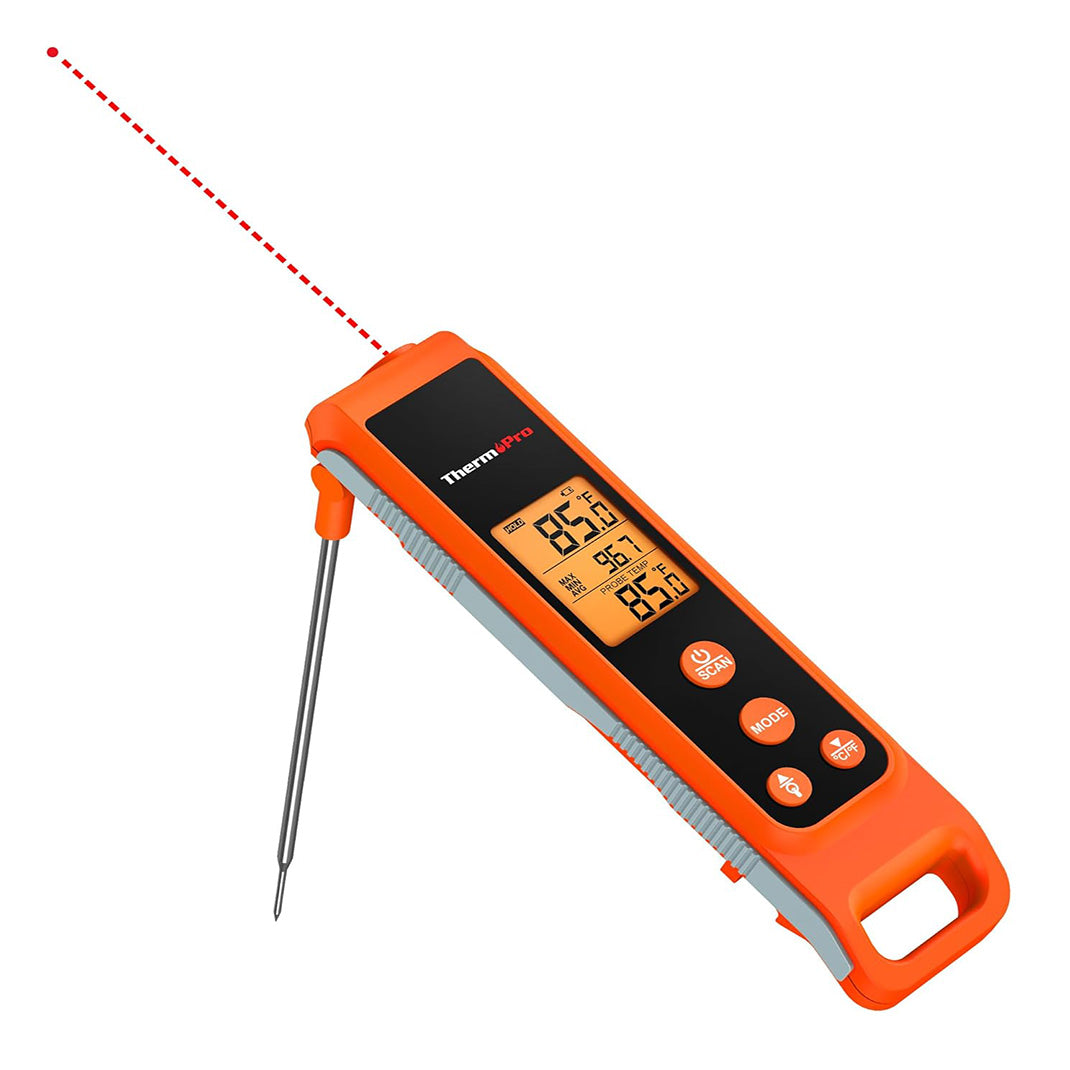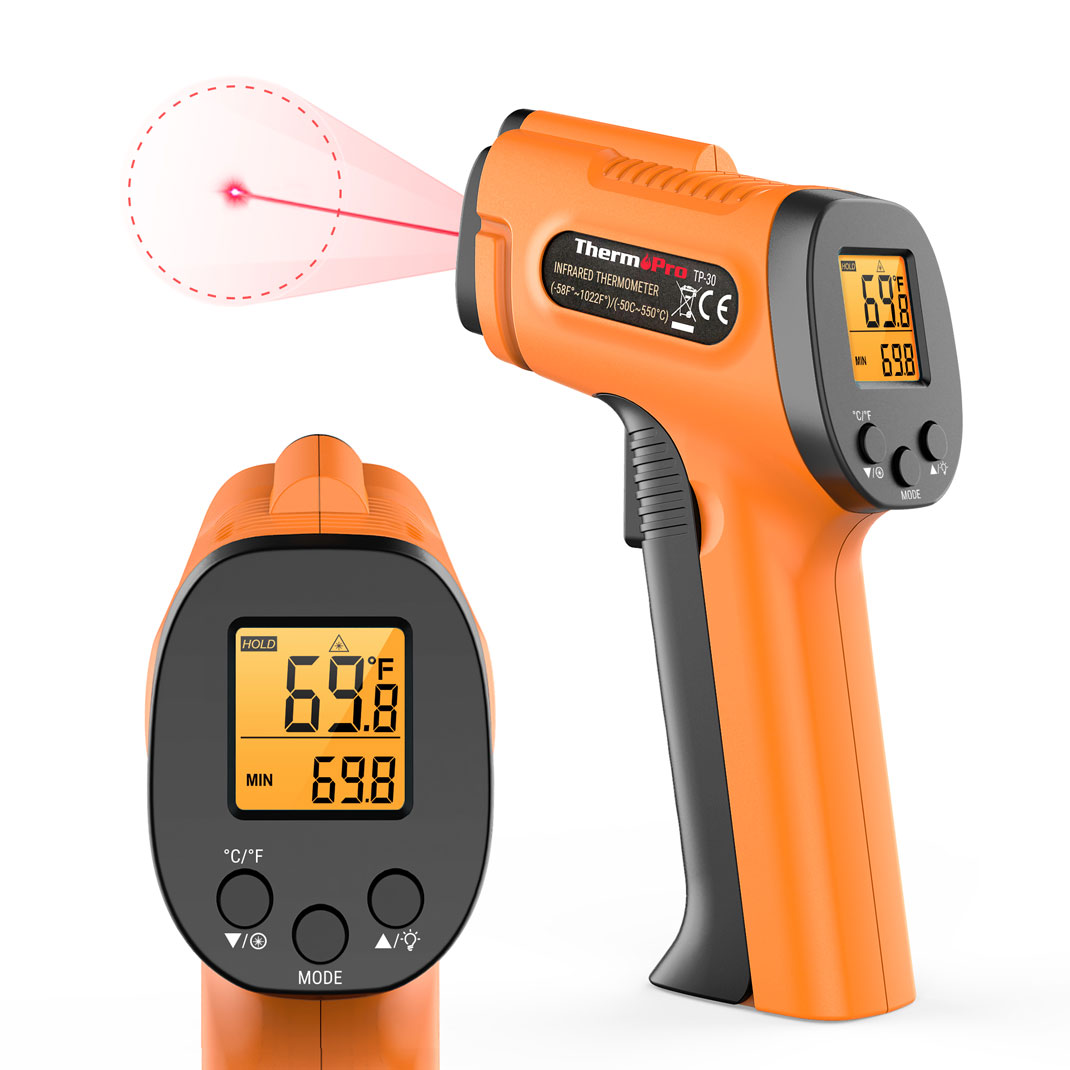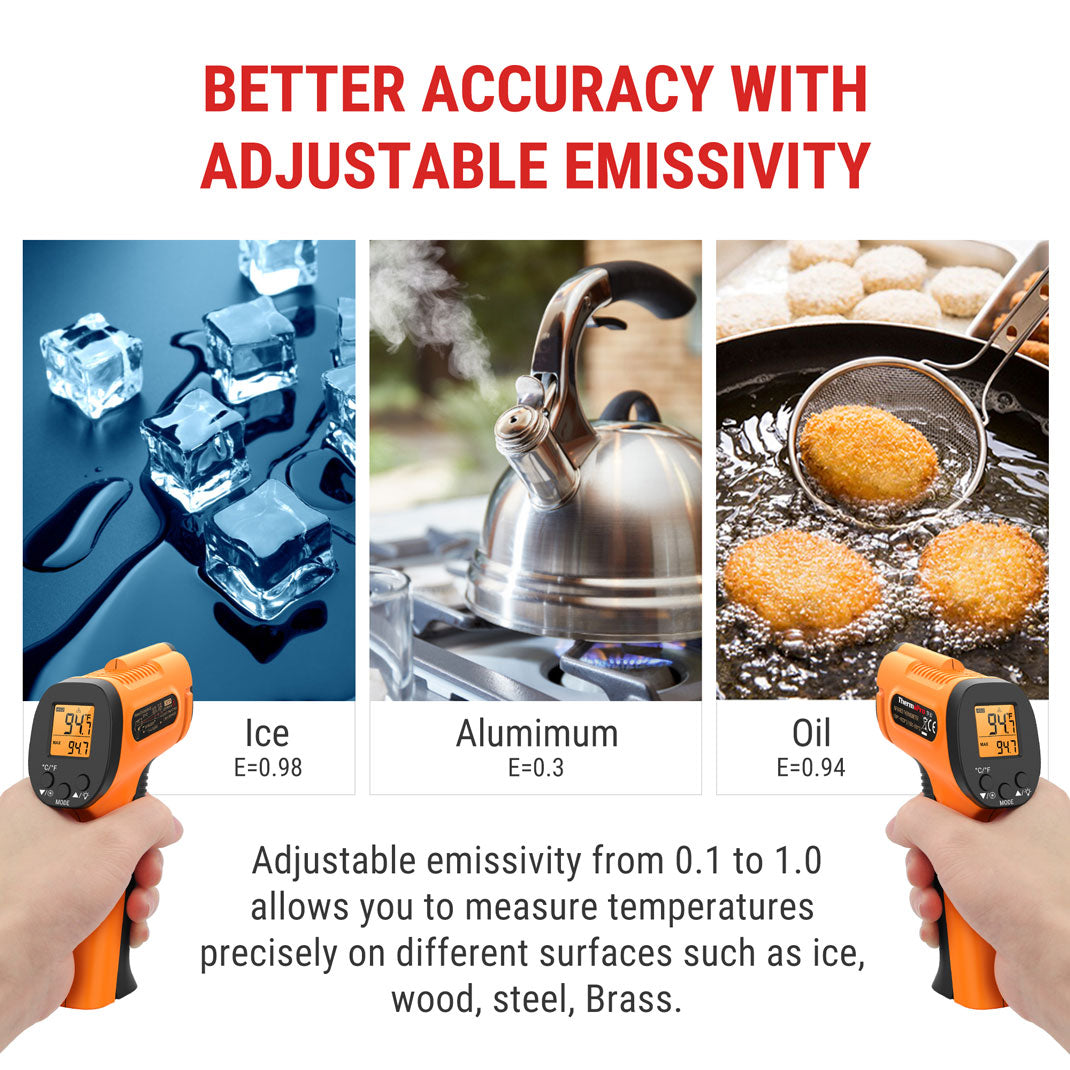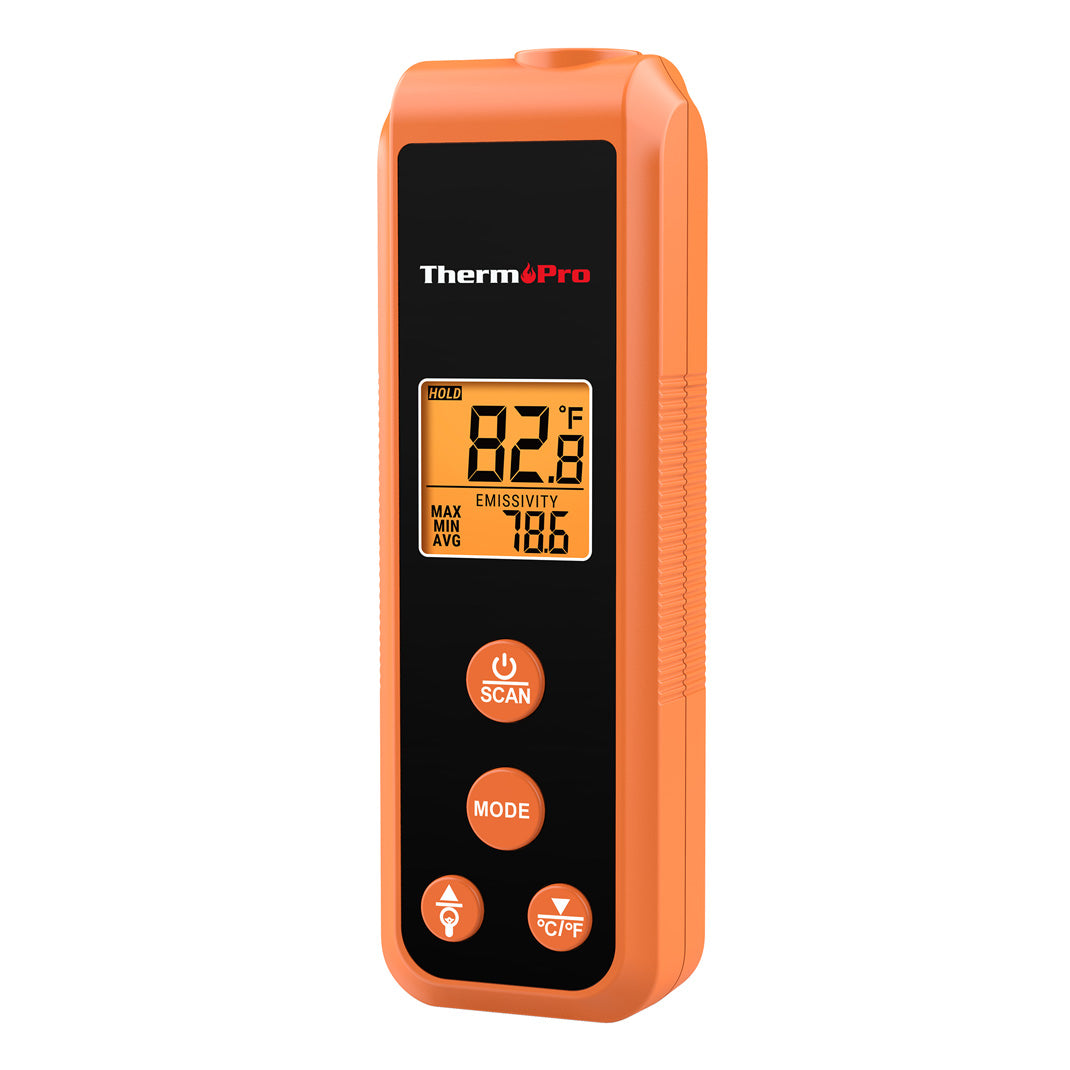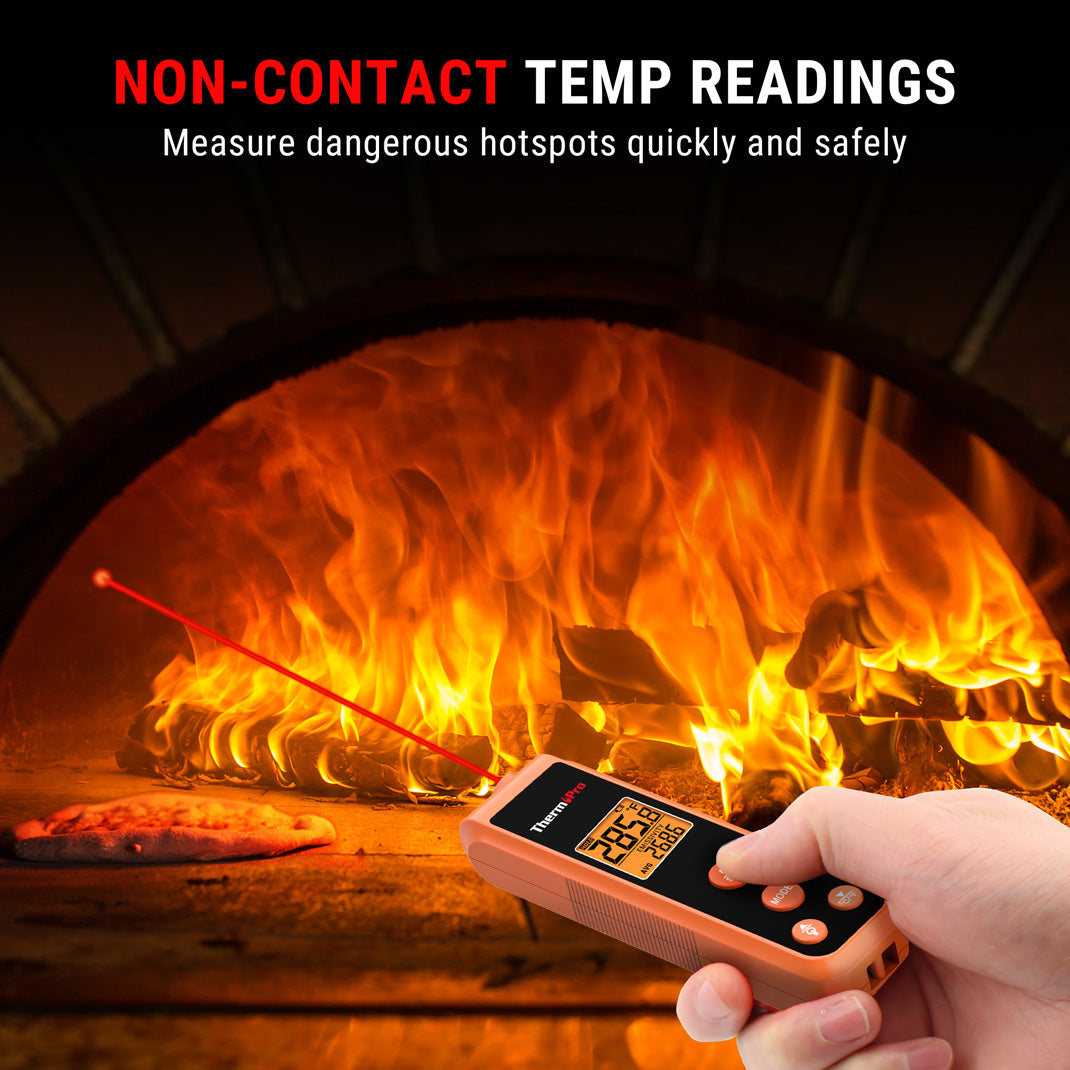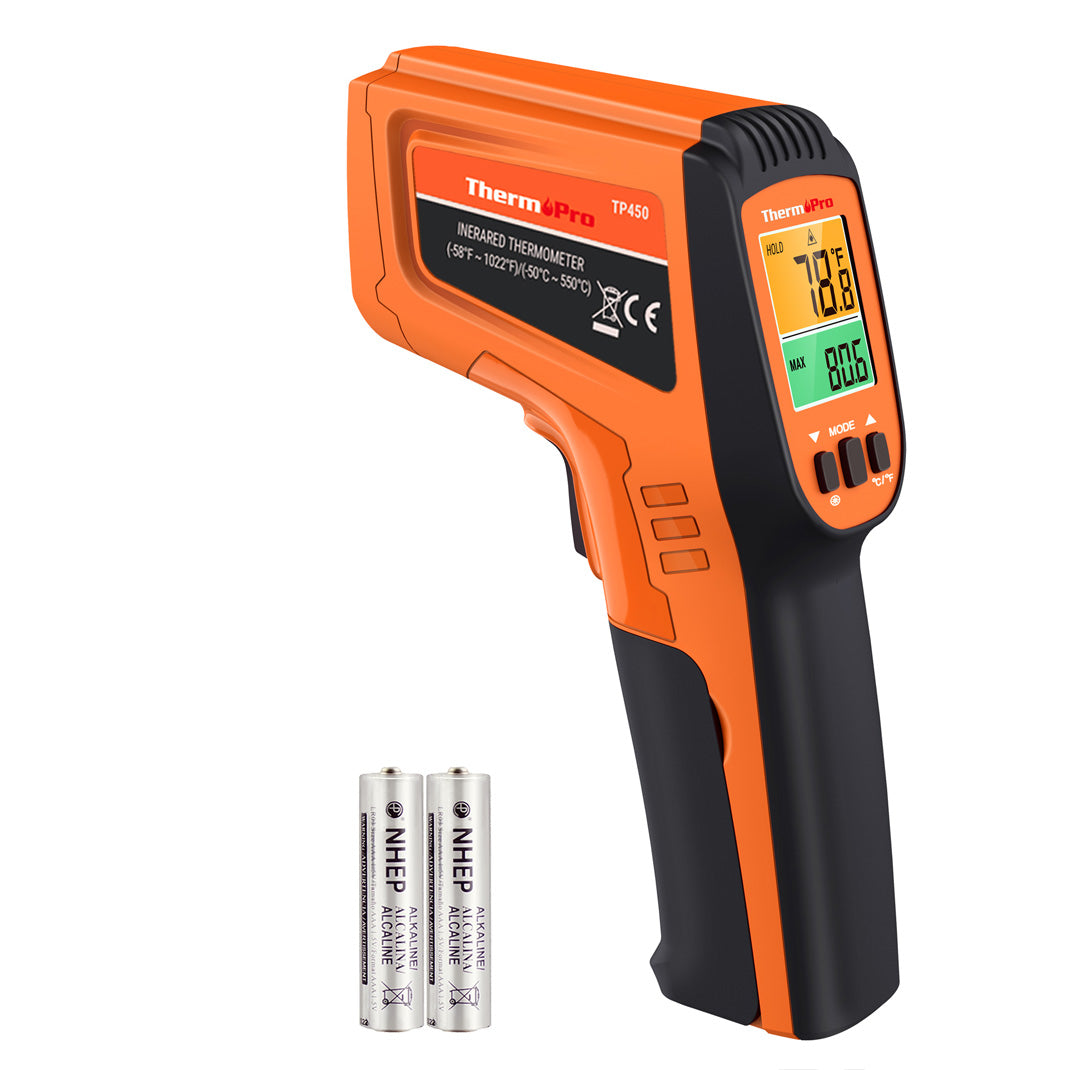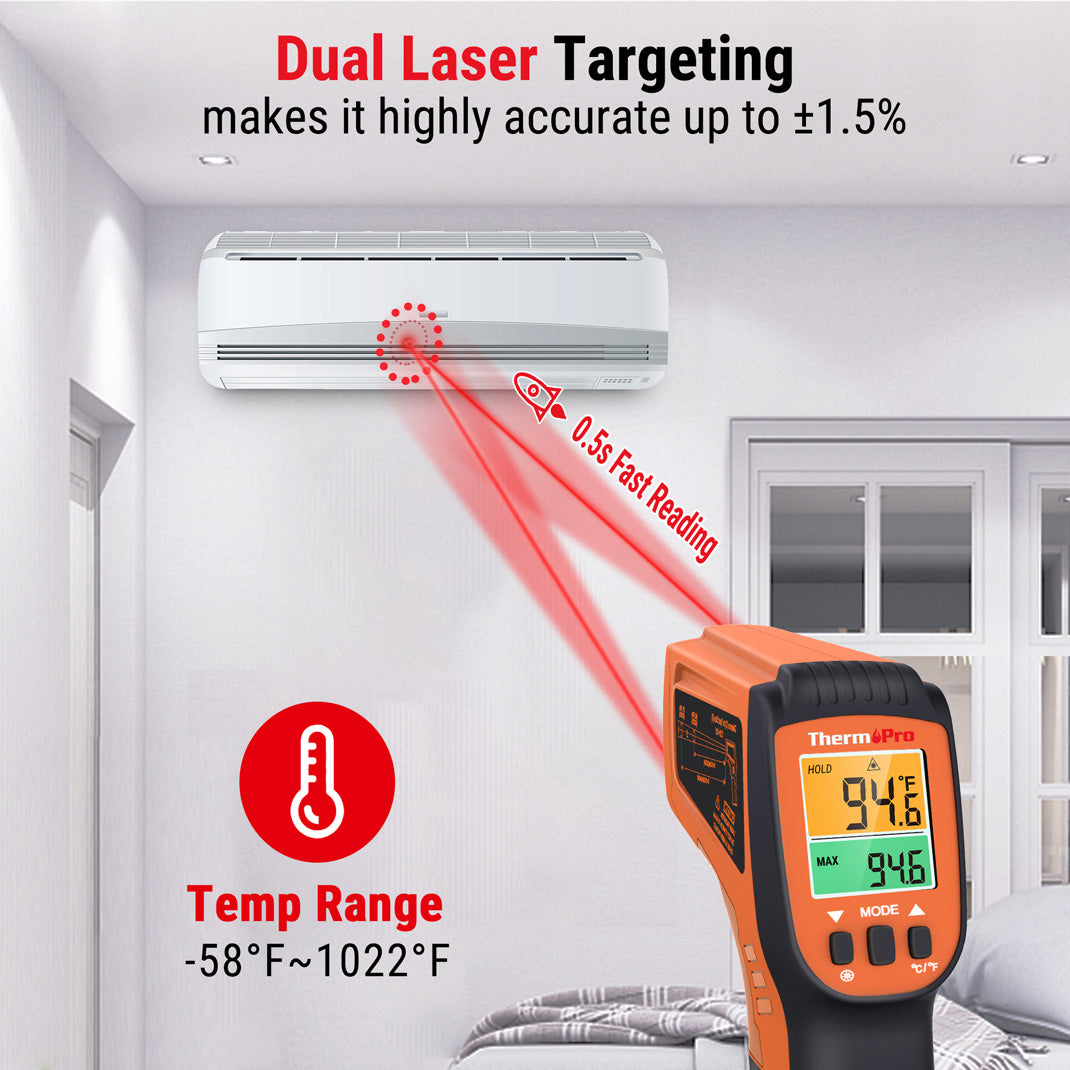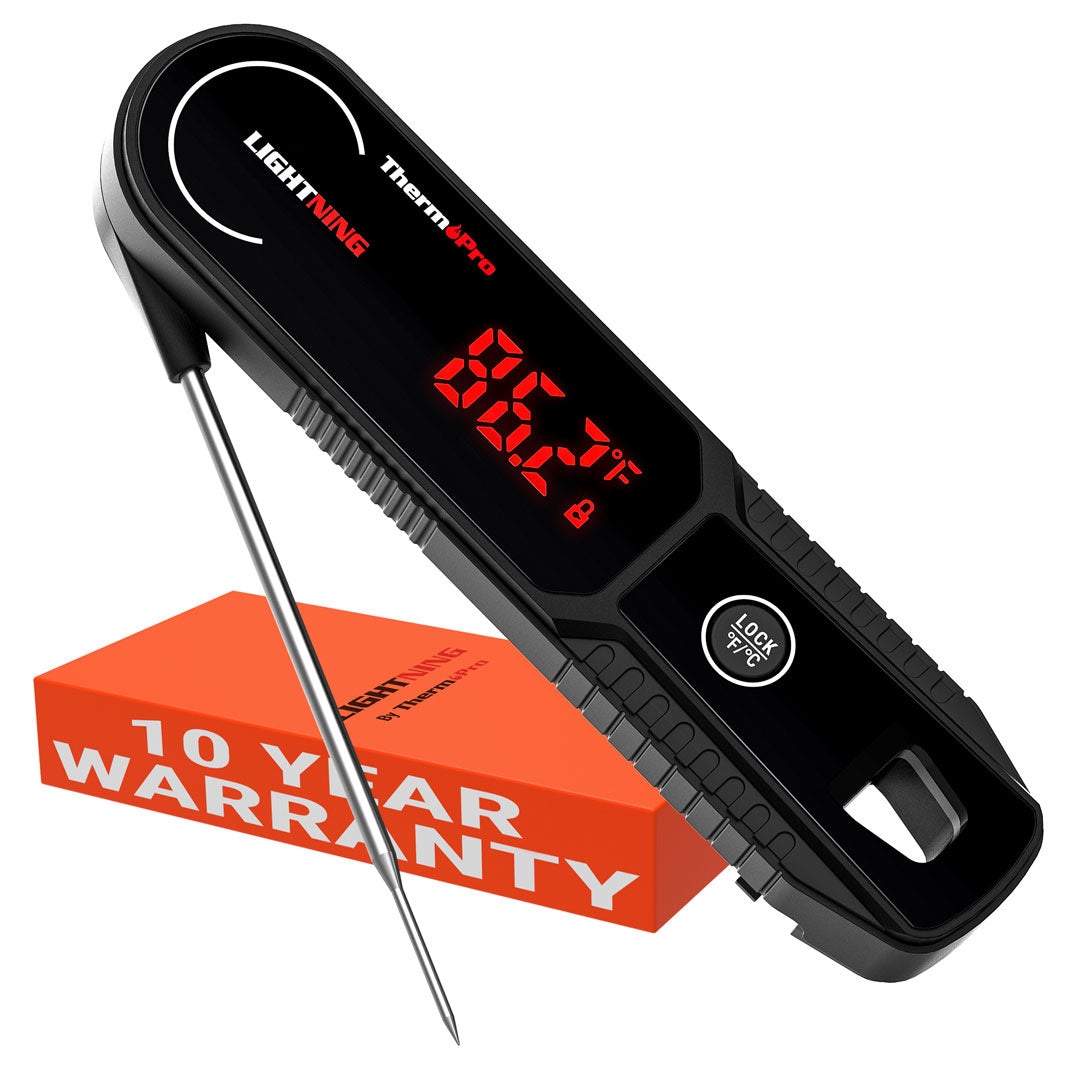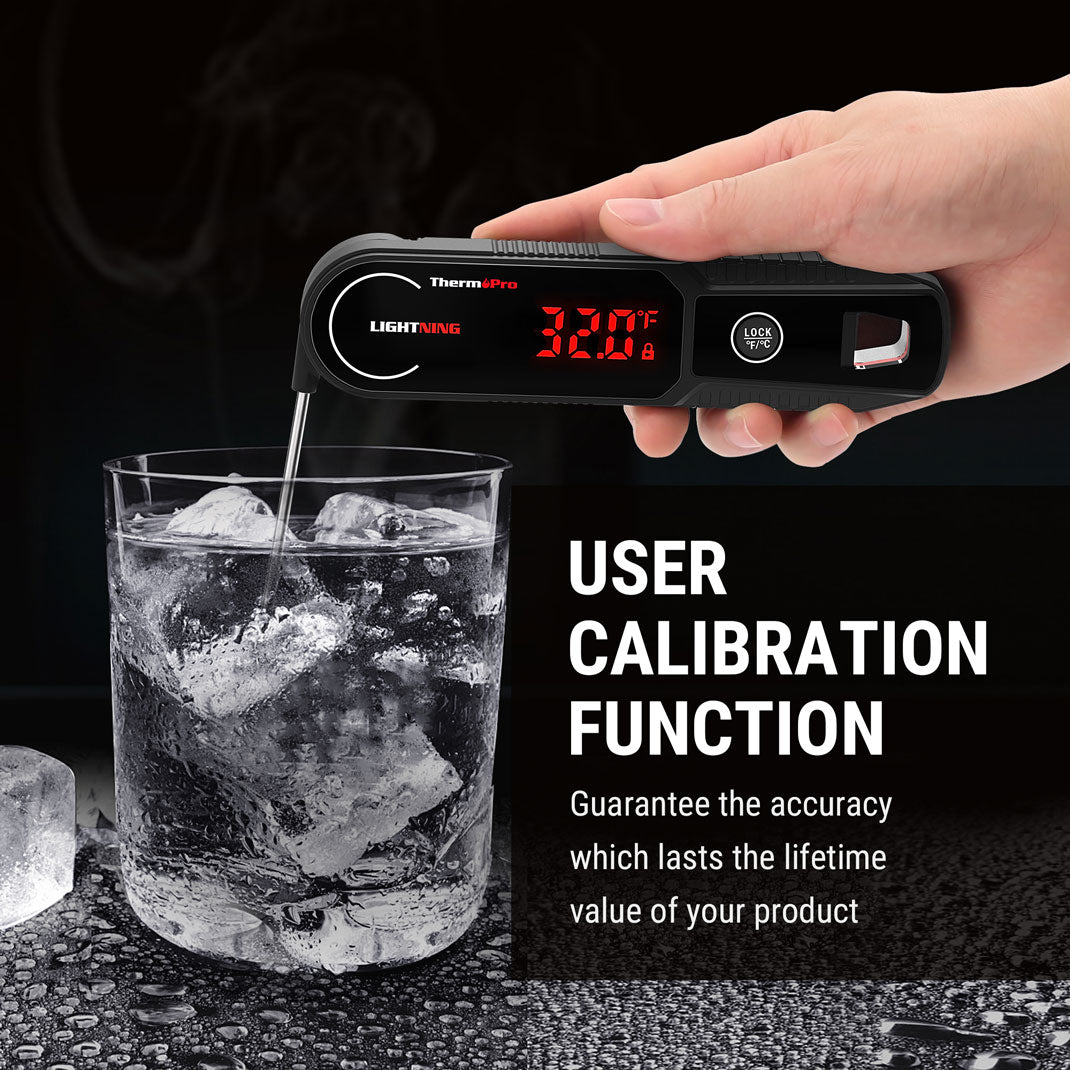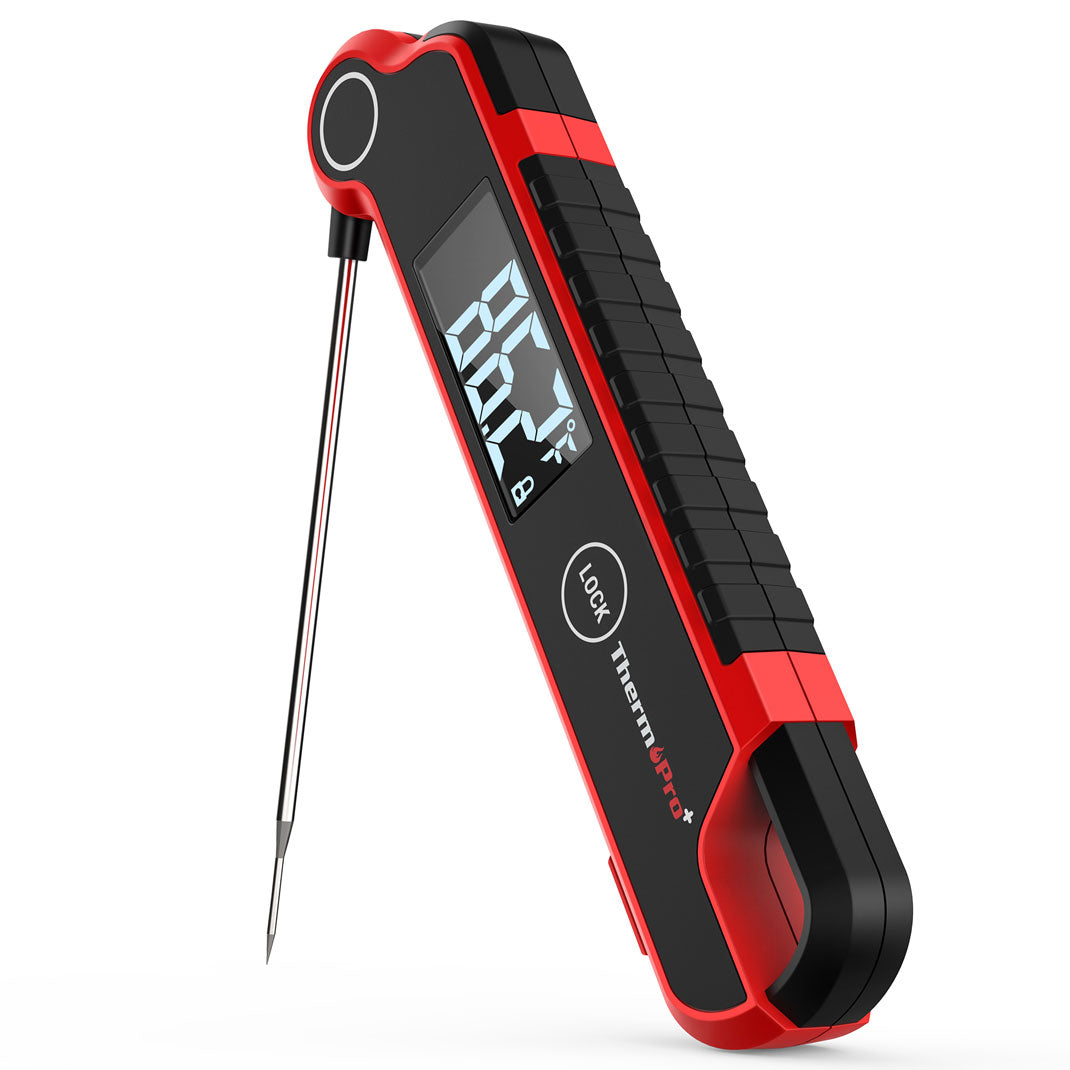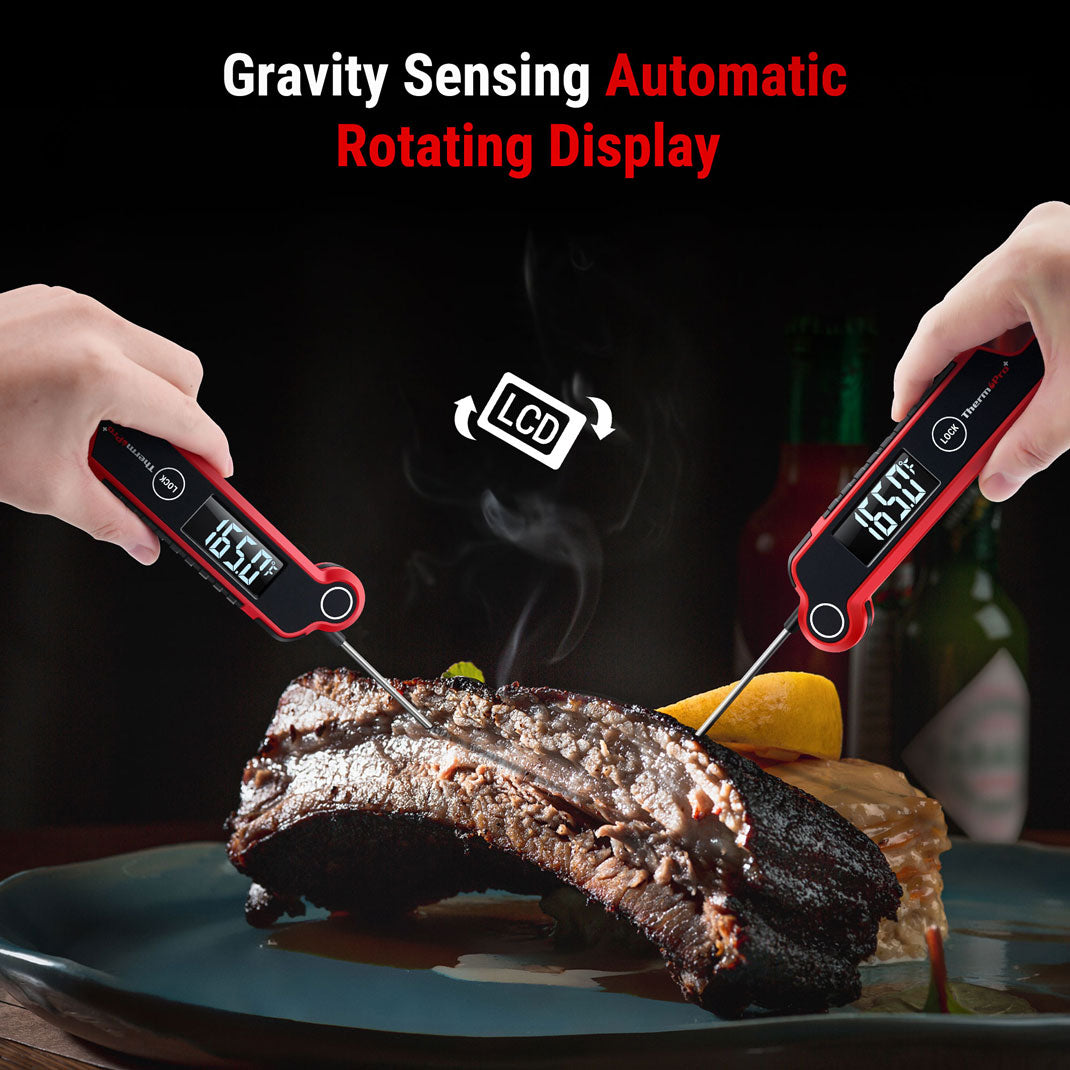Make Perfect Pizza with Infrared Thermometer for Pizza Oven






 288 Comments
288 Comments
Making the perfect pizza isn't just about the dough, sauce, and toppings—it's also about precision temperature control. Whether you're using a wood-fired oven, a gas pizza oven, or even a home oven, hitting the right temperature ensures:
- Crispy, evenly cooked crust – Too low, and your pizza turns soggy; too high, and it burns.
- Perfect cheese melt – Mozzarella should be gooey, not rubbery or scorched.
- Food safety – Undercooked pizza can harbor harmful bacteria.
Yet, many home chefs and pizza enthusiasts struggle with inconsistent temperatures, leading to disappointing results. That's where an infrared thermometer for pizza oven comes into play.
Common Pizza-Making Temperature Problems
No matter how fresh your dough or toppings are, the wrong temperature can ruin a pizza. From burnt crusts to undercooked centers, even small heat mistakes can turn your homemade masterpiece into a kitchen disappointment. Let's look at the most common temperature issues pizza lovers face.
Pizza Crust Perfection Starts with the Right Surface Heat
When you slide your pizza onto a pizza stone or steel, the crust starts cooking instantly. If your oven floor or stone is too cool, the crust stays pale and limp. Too hot, and you'll have a burnt bottom before the toppings cook.
Ideal stone temperature: For Neapolitan-style pizza, aim for around 700°F (370°C); for New York-style, 500–600°F (260–315°C).

Cheese Melt and Toppings Cook Evenly
Different toppings have different cooking needs. Fresh mozzarella melts quickly, while raw sausage or thick vegetables need more heat. Without monitoring, you risk either overcooking the crust or serving unsafe toppings.
Safety for Meat and Seafood Toppings
If your pizza has pepperoni, chicken, shrimp, or any raw meat, the internal temperature must reach at least 165°F (74°C) for safety. An laser thermometer for pizza oven checks the surface, but a meat probe confirms the inside is done.
Avoid Wasting Ingredients
High-quality pizza dough, fresh mozzarella, imported olive oil—they're not cheap. Guessing the temperature and ruining a batch means wasting both ingredients and time.
Overcooking or Undercooking
Inserting a traditional meat thermometer into a thin pizza isn't practical. You need a fast, non-contact way to check both the oven surface and the pizza itself.
Safety Concerns with High Heat
Reaching into a blazing-hot oven with a food thermometer is risky. A non-contact pizza oven thermometer gun lets you measure safely from a distance.
Why Use an Infrared Thermometer while Making Pizza
An infrared thermometer for pizza oven is a non-contact device that measures surface temperature instantly using a laser pointer. Here's why it's perfect for pizza ovens:
- No contact with food: Hygienic and safe.
- Instant results: No waiting like traditional oven thermometers.
- Target accuracy: Measure exactly where your pizza will sit.
- Versatility: Works on pizza stones, griddles, grills, even HVAC systems.
However, infrared thermometers usually measure only surface temperature. For internal food safety, you'll still need a probe thermometer.
Ideal Thermometer for Pizza Oven: ThermoPro TP420 2-in-1 Infrared Thermometer
If you want one tool to handle both surface and internal temperatures, the ThermoPro TP420 2-in-1 Infrared Thermometer is a game-changer.
Key Features:
- 2-in-1 Function: Infrared thermometer for pizza oven/ stone + probe thermometer for meat/toppings.
- Non-Contact Laser Accuracy: Instantly check pizza stone or steel surface temperature without opening the oven door for too long.
- Fast Meat Probe Readings: Get internal topping temperature in seconds—no guesswork.
- Wide Temperature Range: Infrared Temperature Range is -58 to 1022°F(-50 to 550°C), and the probe thermometer range is -58 to 572°F(-50 to 300℃), perfect for ultra-hot pizza ovens and grills.
- Ergonomic & Easy to Use: Simple interface, clear backlit screen, built for both beginners and pros.

How to Use the ThermoPro TP420 for Pizza Making
Step 1: Preheat the Oven
Aim the infrared thermometer at your pizza stone or steel before baking. Wait until it reaches your desired temperature (e.g., 700°F for Neapolitan).
Step 2: Bake Your Pizza
Slide your pizza in once the stone is hot enough—this ensures instant crust crisping.
Step 3: Check Toppings with the Probe
Insert the meat probe into the thickest topping (e.g., sausage) to ensure it hits 165°F for safety.
Step 4: Serve and Enjoy
You'll have perfect crust, evenly melted cheese, and safe, delicious toppings every time.
Extra Tips for Perfect Pizza with an Infrared Thermometer
- Aim for the same spot on the stone each time for consistent results.
- Don't measure shiny metal directly—it can reflect infrared; instead, measure the stone or a dull surface.
- Check temperature right before loading—stones can lose heat quickly after multiple pizzas.
- Use the probe for thick crust or stuffed pizza to ensure the inside cooks through.

FAQs About Pizza Oven & Infrared Thermometer
Q1. What is the best temperature for Neapolitan-style pizza?
Neapolitan pizza bakes best at 700–900°F (370–480°C), which creates a crisp, airy crust and perfectly blistered toppings in under two minutes.
Q2. Can I use an infrared thermometer on a pizza stone?
Yes! An infrared thermometer is perfect for checking your pizza stone's surface temperature without touching it. Aim for the spot where the pizza will sit for the most accurate reading.
Q3. Do I still need a probe thermometer if I have an infrared thermometer?
Yes. Infrared thermometers measure surface temperature, but a probe thermometer checks internal temperature, which is important for food safety—especially with meat or seafood toppings. ThermoPro TP420 can measure both the surface temperature and the internal temperature, which fits well for pizza making.
Q4. How long should I preheat my pizza oven?
It depends on your oven, but most pizza stones and steels need 30–45 minutes of preheating to reach the ideal temperature. Always confirm with an infrared thermometer before baking.
Q5. What makes the ThermoPro TP420 good for pizza making?
It combines infrared accuracy for your oven or stone with a fast meat probe for toppings, so you can ensure both perfect crust texture and safe internal cooking.
Conclusion: A Must-Have for Pizza Perfection
Perfect pizza isn't magic—it's science. The right temperature control ensures the crust is crispy, the cheese is gooey, and the toppings are cooked to perfection. With the ThermoPro TP420 2-in-1 Infrared Thermometer for pizza oven, you get the accuracy of an infrared thermometer and the safety assurance of a meat probe, all in one tool.
So, the next time you fire up your pizza oven, ditch the guesswork. Measure, bake, and enjoy pizza that's as good as—or better than—your favorite pizzeria.
Comments
You May Also Like

20 Mistakes to Avoid When Using an Infrared Thermometer
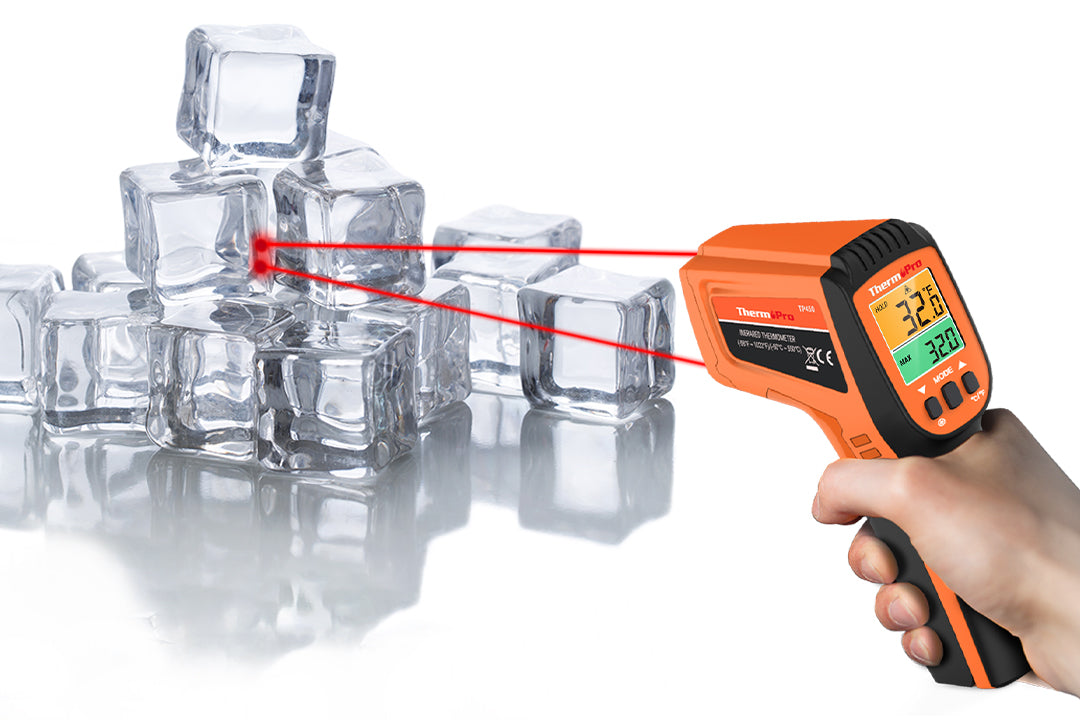
How to Calibrate Infrared Thermometers

Why You Need an Infrared Thermometer for Cooking







